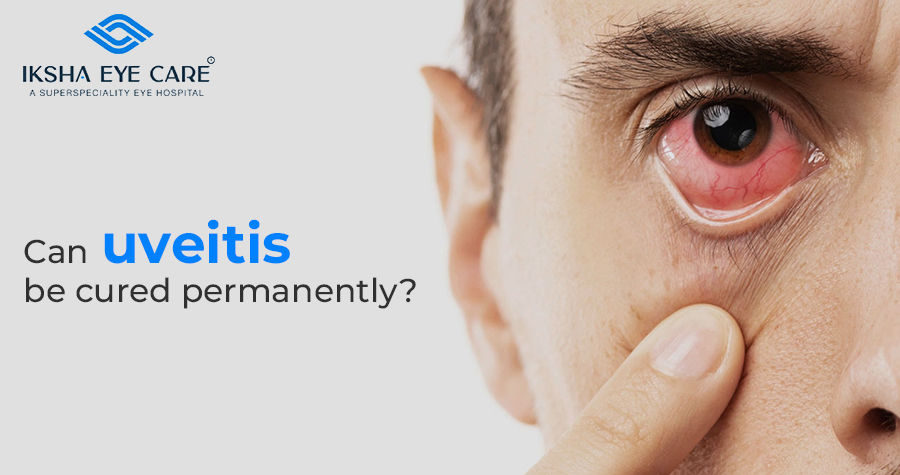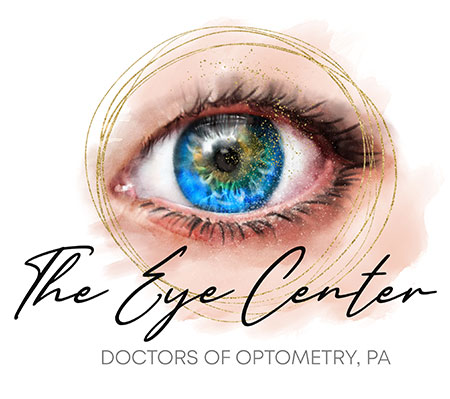All Categories
Featured
In today's electronic world, displays are an indispensable part of day-to-day live. Whether it's for job, amusement, or staying linked, a lot of people spend hours daily looking at computer systems, mobile phones, and tablets. While these gadgets are convenient, they can take a toll on your eyes, resulting in a condition referred to as electronic eye pressure (likewise called computer system vision syndrome) Signs like dry eyes, frustrations, obscured vision, and neck pain are all too common. The bright side is that there are straightforward steps you can require to secure your vision from electronic eye stress.

Understand the 20-20-20 Rule. One of the easiest ways to lower digital eye stress is by following the 20-20-20 policy. Every 20 mins, take a 20-second break to check out something at the very least 20 feet away. This helps your eyes relax and decreases the stress brought on by concentrating on a display for extensive durations. Establishing a timer or making use of apps made to advise you can make this routine less complicated to comply with.
Change Your Screen Setups. The brightness, comparison, and typeface dimension of your display can substantially influence your convenience degree. See to it your screen illumination matches the lighting in your environment; a screen that's also intense or also dark can cause your eyes to function more difficult. Raising font style dimension can also decrease the pressure of reading little text.

An additional important adjustment is using "evening setting" or blue light filters, which reduce the quantity of blue light given off by your gadgets. Blue light can interrupt your rest cycle and contribute to electronic eye pressure, so making use of these features-- especially in the evening-- can make a big difference.
Maintain Proper Distance and Posture. Just how you position on your own while making use of digital devices matters. Your display must be regarding an arm's length far from your eyes and placed so that the top of the display is at or just listed below eye degree. This minimizes the pressure on both your eyes and neck.
Furthermore, keeping excellent posture is vital. Sit in a chair that supplies proper back support, and maintain your feet flat on the floor. Utilizing a file holder or mean printed products can additionally assist minimize awkward head and neck activities.
Blink Often and Stay Hydrated. Staring at screens has a tendency to lower your blinking rate, which can lead to dry eyes. Make a mindful effort to blink more frequently to maintain your eyes hydrated. If you still experience dryness, take into consideration making use of fabricated splits or a humidifier to improve the dampness degree in your setting.
Take Breaks and Limit Display Time. Whenever possible, take breaks from displays throughout the day. Tip outside, check out a book, or engage in a task that does not call for electronic tools. Restricting non-essential screen time can help your eyes recoup and decrease the advancing effects of pressure.
Schedule Regular Eye Exams. Also with these preventative measures, normal eye examinations are critical. An eye care specialist can assess your vision, offer customized recommendations, and identify any kind of underlying concerns early. If needed, they can suggest glasses developed especially for computer usage, often called blue light-blocking glasses or computer glasses.
Protect Your Eyes for the Long-term. Digital tools are right here to remain, but electronic eye pressure does not need to be a part of your life. By following these strategies-- like the 20-20-20 regulation, readjusting your display settings, and practicing good pose-- you can significantly lower pressure on your eyes. Incorporate these behaviors into your daily regimen to guarantee your vision remains healthy and balanced in the digital age.
Latest Posts
Boost Your Property with Automatic Gates from Washington Fence
Eye Care Center South - Eye Doctors Near Me: Personalized Eye Health Solutions.
The Deauville Inn: A Bayside Heritage